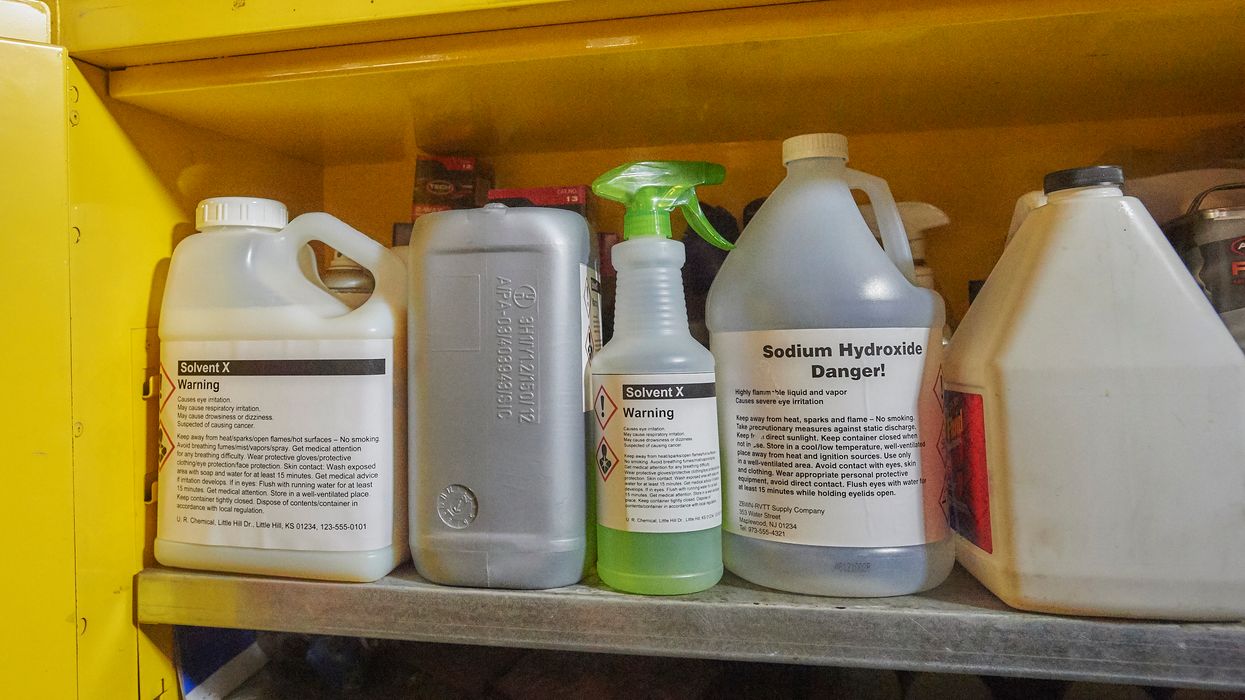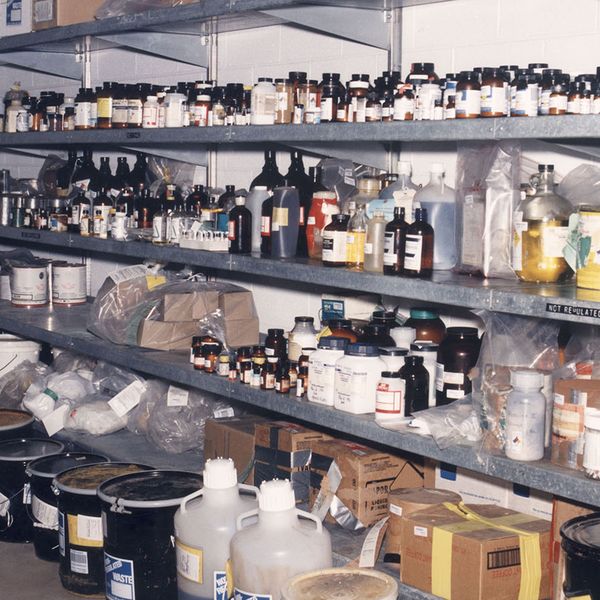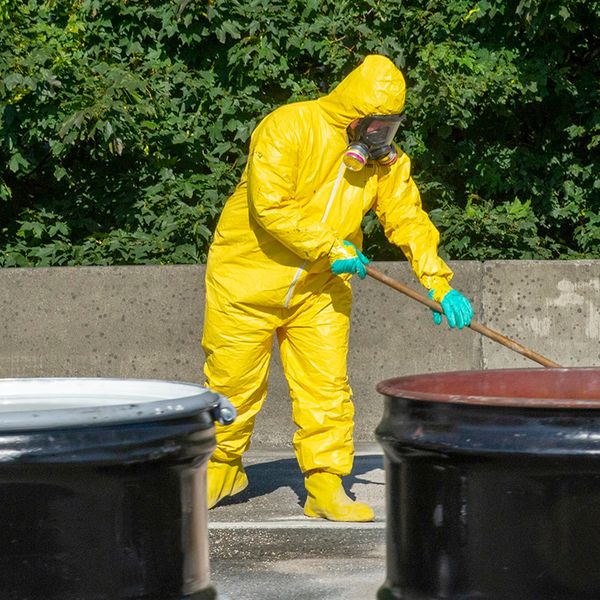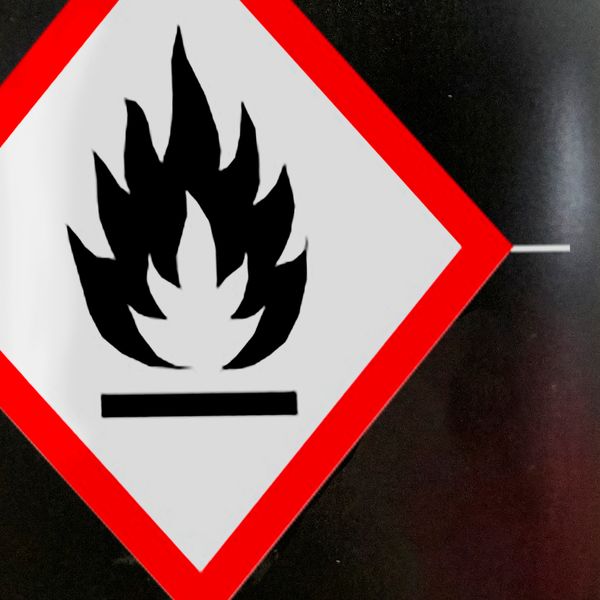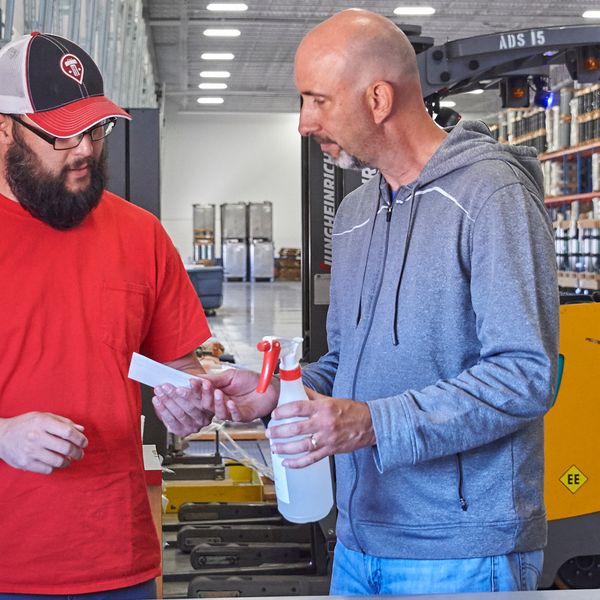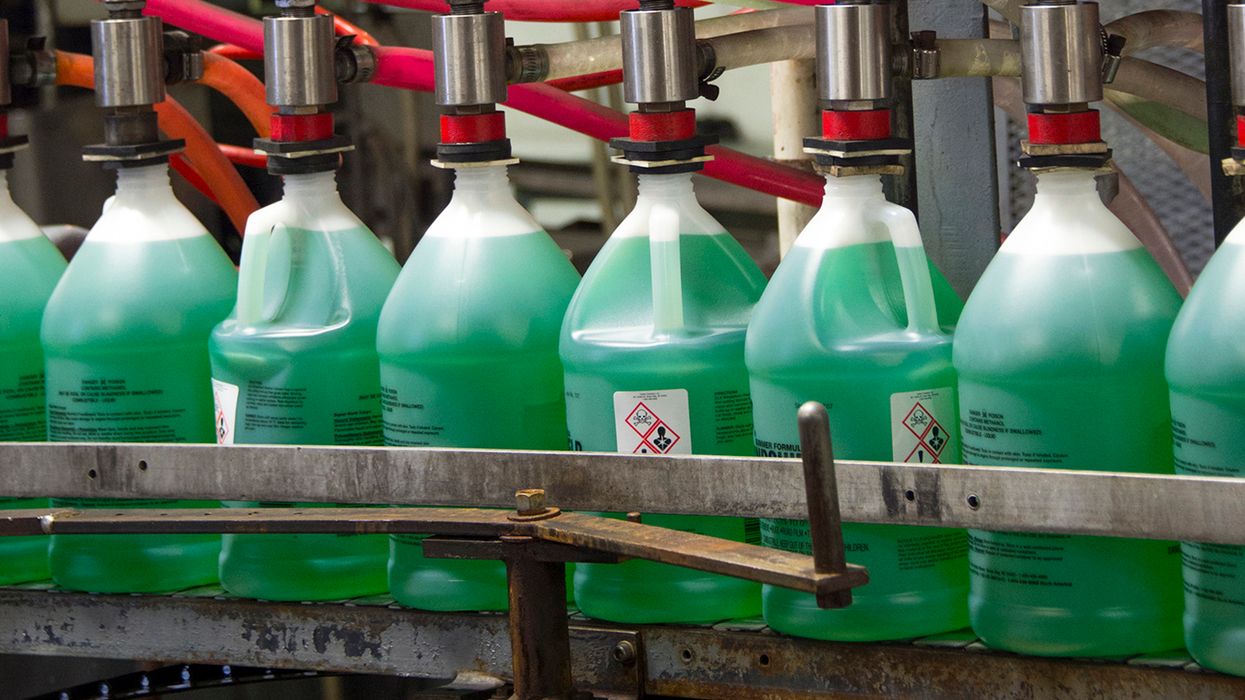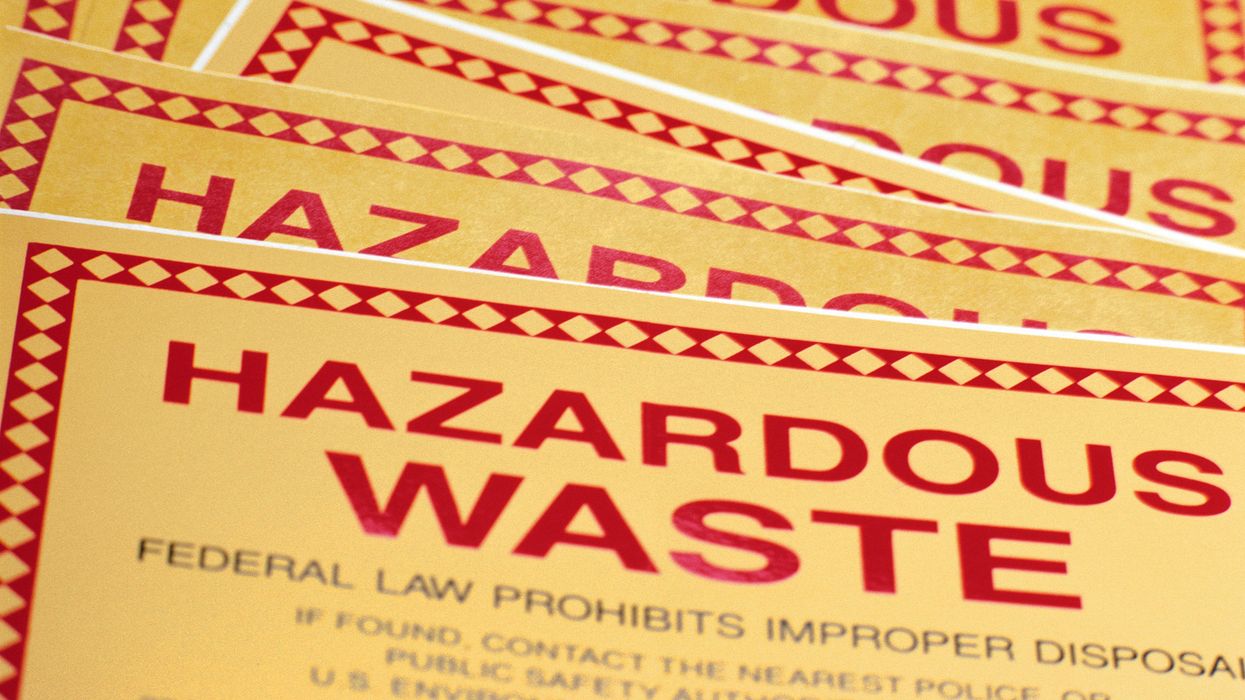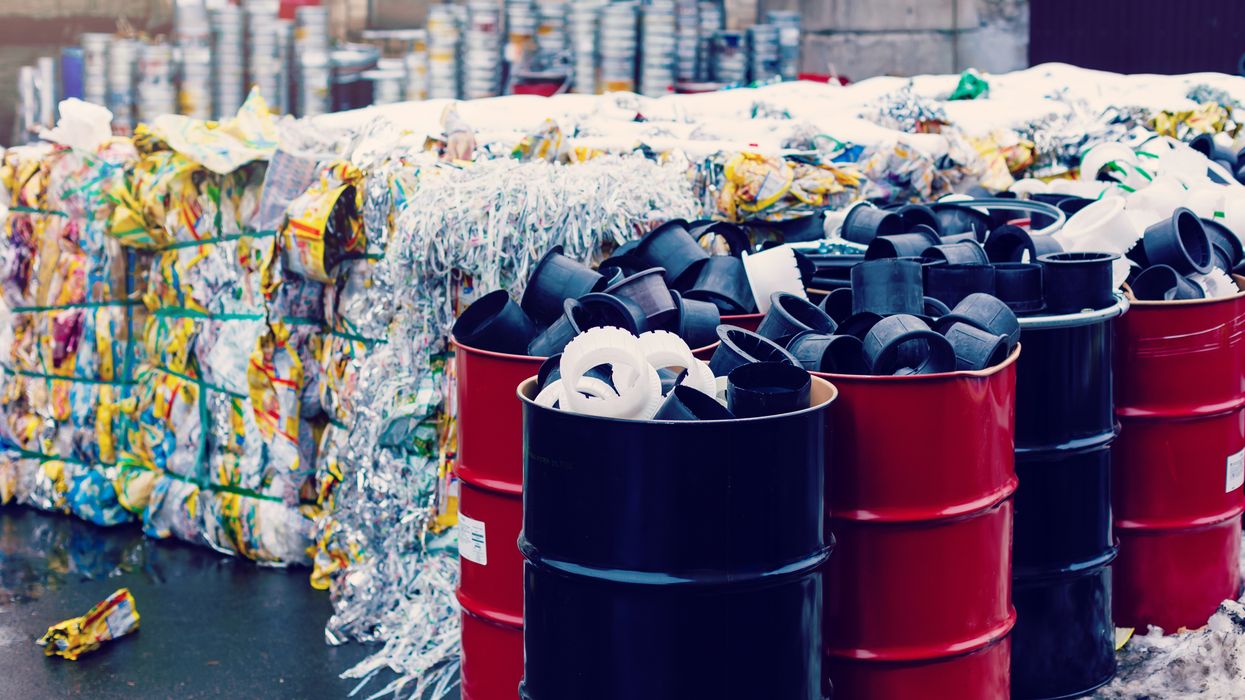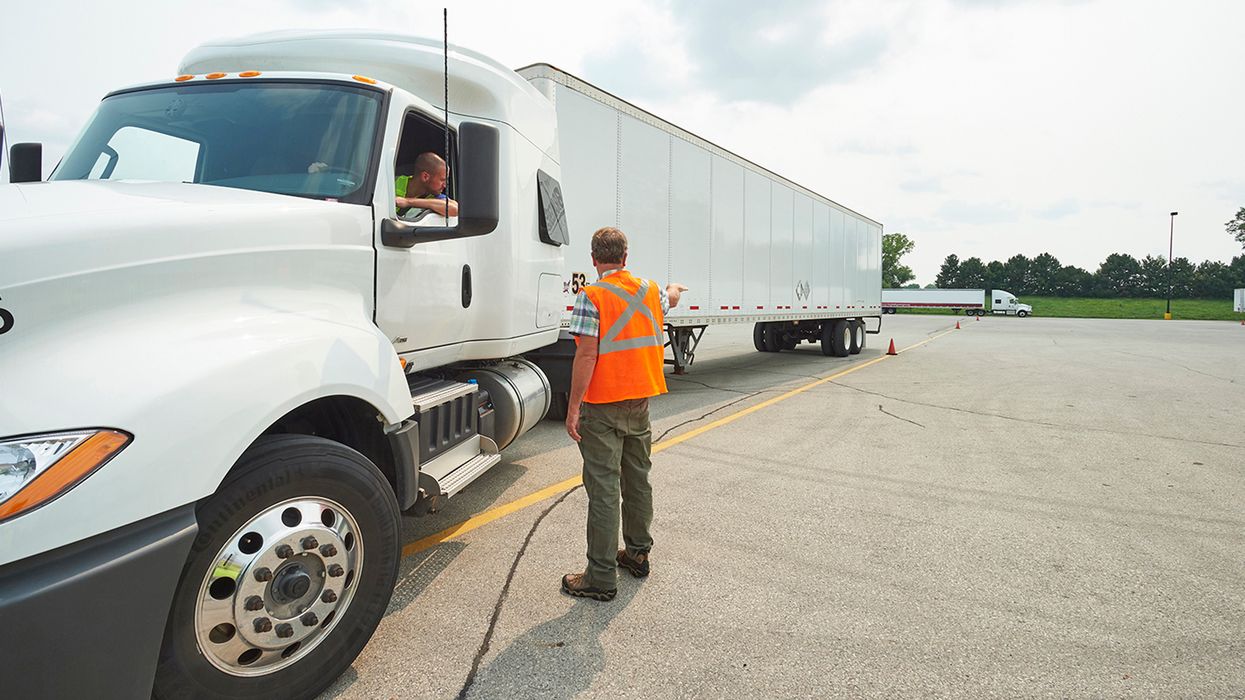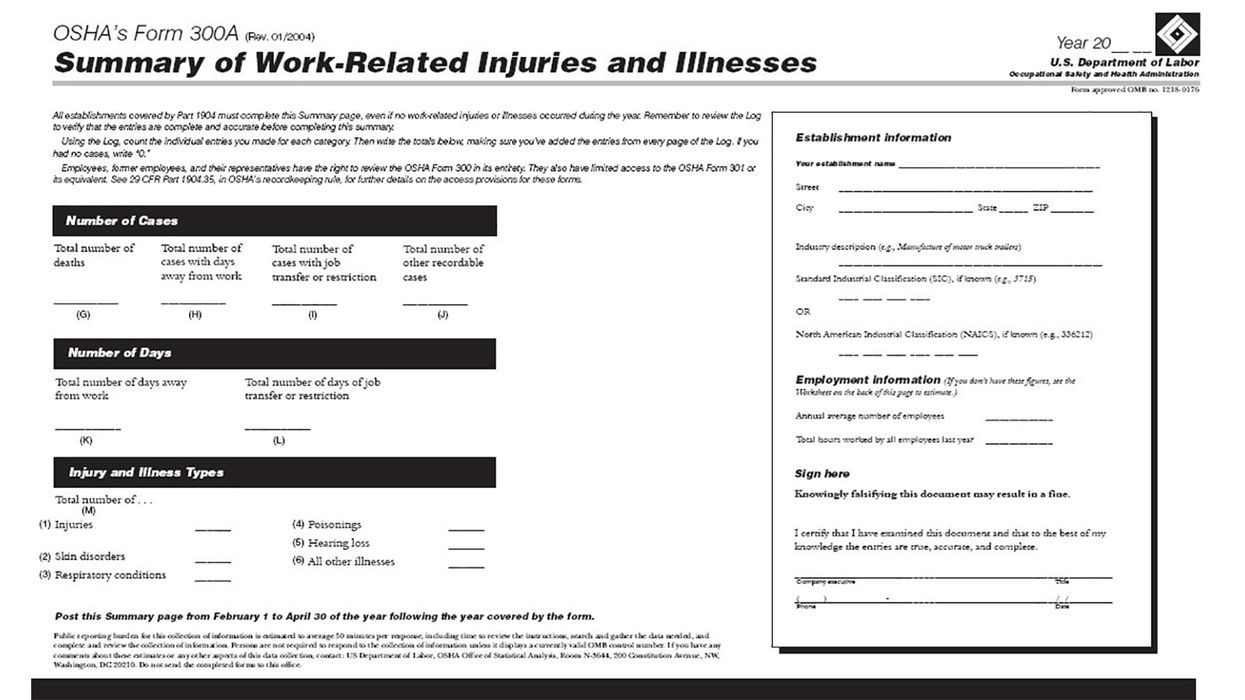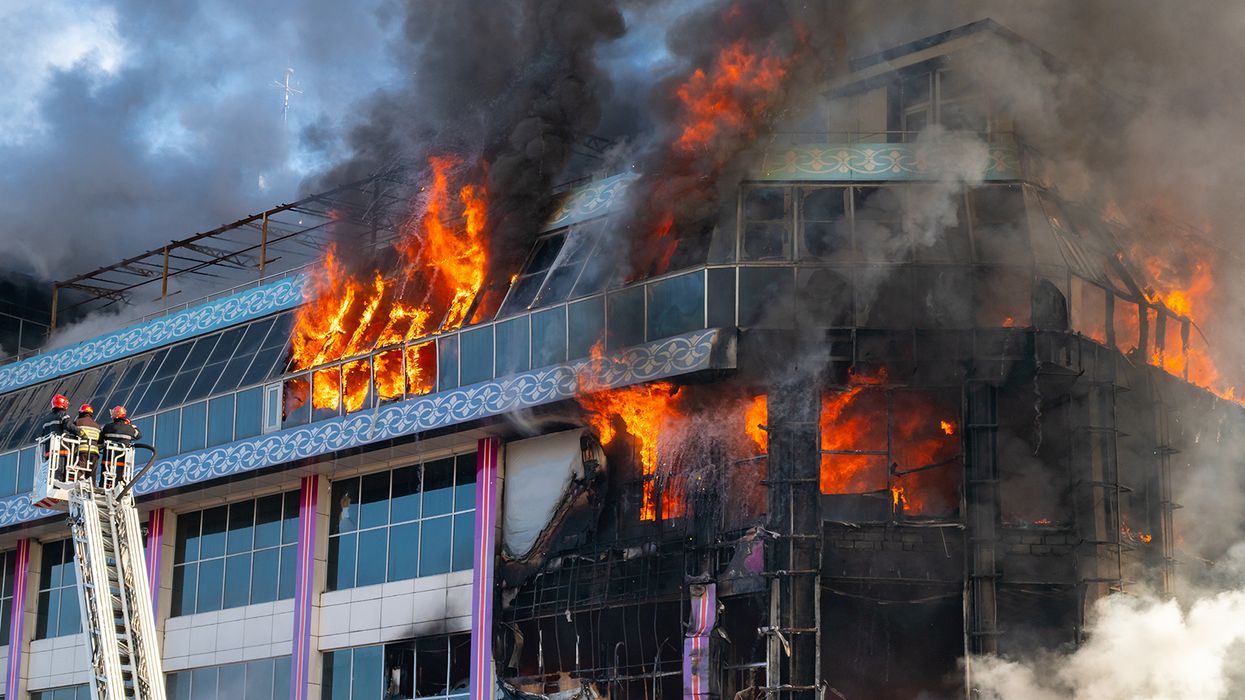HazCom, Hazmat, and HazWaste: Unpacking applicability and training requirements
No matter what you call them, hazardous chemicals are regulated by OSHA, DOT, and EPA depending upon what you’re doing with those chemicals. Three of the most confusing sets of regulations related to chemicals include:
- Hazard Communication (HazCom), 29 CFR 1910.1200 — OSHA requires that chemical hazards be communicated downstream from the manufacturer, importer, or distributor to employers and employees. This communication takes the form of safety data sheets (SDSs), labels, and information/training.
- Hazardous Materials (Hazmat), 49 CFR 171 to 180 — DOT regulates hazmat. Hazmat regulations are aimed to ensure that hazmat is packaged and handled safely during transport.
- Hazardous Waste (HazWaste), 40 CFR 260 to 299 — EPA explains that HazWaste is solid waste that is listed as hazardous OR that exhibits a characteristic of HazWaste (ignitability, corrosivity, reactivity, or toxicity). HazWaste is waste with properties that make it dangerous or capable of having a harmful effect on human health and the environment.
OSHA HazCom
HazCom applies to “any chemical which is known to be present in the workplace in such a manner that employees may be exposed under normal conditions of use or in a foreseeable emergency.” The OSHA regulation has requirements for hazardous chemical manufacturers, importers, distributors, and employers.
HazCom-covered employers must ensure containers of non-exempt hazardous chemicals are labeled, SDSs are readily accessible to employees in their work areas, and effective information/training is provided for exposed employees. They must also prepare and implement a written HazCom program (which includes a chemical inventory), unless they only have exempted operations under 1910.1200(b)(3) and/or (b)(4).
Covered employees have a right to understand the chemical hazards in their workplace. Training is key to ensuring employees have that understanding. Employees must be trained prior to initial assignment with hazardous chemicals and whenever a new chemical hazard is introduced. Employers must cover the elements in 1910.1200(h).
DOT Hazmat
The hazmat regulations apply to those involved in three primary types of activities: pre-transportation functions, transportation functions, and hazmat packaging. Pre-transportation functions include activities performed by the hazmat shipper and deal largely with paperwork. Transportation functions, on the other hand, include activities performed by those directly involved in transporting hazmat, including drivers.
“Hazmat employees” must be trained per 49 CFR 172.704 within 90 days of employment or job function assignment, and refresher training is mandated at least once every three years. Employees are considered hazmat employees if they directly affect hazmat transportation safety. See 49 CFR 171.8 for a detailed definition of hazmat employee.
The DOT says, “Training conducted by OSHA, EPA, and other Federal or international agencies may be used to satisfy the training requirements in 172.704(a) to the extent that such training addresses the components specified in paragraph (a) of this section (general awareness/familiarization; function-specific; safety; security awareness; in-depth security training, if a security plan is required; and driver training for each hazmat employee who will operate a motor vehicle).”
EPA HazWaste
Every business deals with waste and must know how to properly dispose of it. Most states are authorized to run their own HazWaste programs, so a facility needs to be aware of state (and often local) HazWaste regulations. When waste is generated, the facility must identify the waste and determine if it is HazWaste by definition.
EPA’s HazWaste generator regulations at 40 CFR 262 apply differently depending upon the “generator category” (large quantity (LQG), small quantity (SQG), and very small quantity (VSQG)), which is determined by how much HazWaste a facility generates each month. Therefore, under Part 262, employee training requirements too are based on the generator category.
SQGs must train employees according to 40 CFR 262.16. SQGs have basic training requirements. They must ensure employees are thoroughly familiar with proper waste handling and emergency procedures relevant to their responsibilities during normal facility operations and emergencies. LQG personnel training requirements are found at 40 CFR 262.17. Being large, these generators are required to meet much more extensive training requirements. It’s a best practice for VSQGs to train employees to safely handle HazWaste, but it’s not specifically called out in EPA’s HazWaste generator regulations. However, other training regulations, such as those for OSHA and DOT may come into play.
Key to remember: No matter what you call them, hazardous chemicals are regulated by OSHA, DOT, and EPA depending what you’re doing with those chemicals. Employers must understand what regulations apply to their situation and train employees accordingly.

